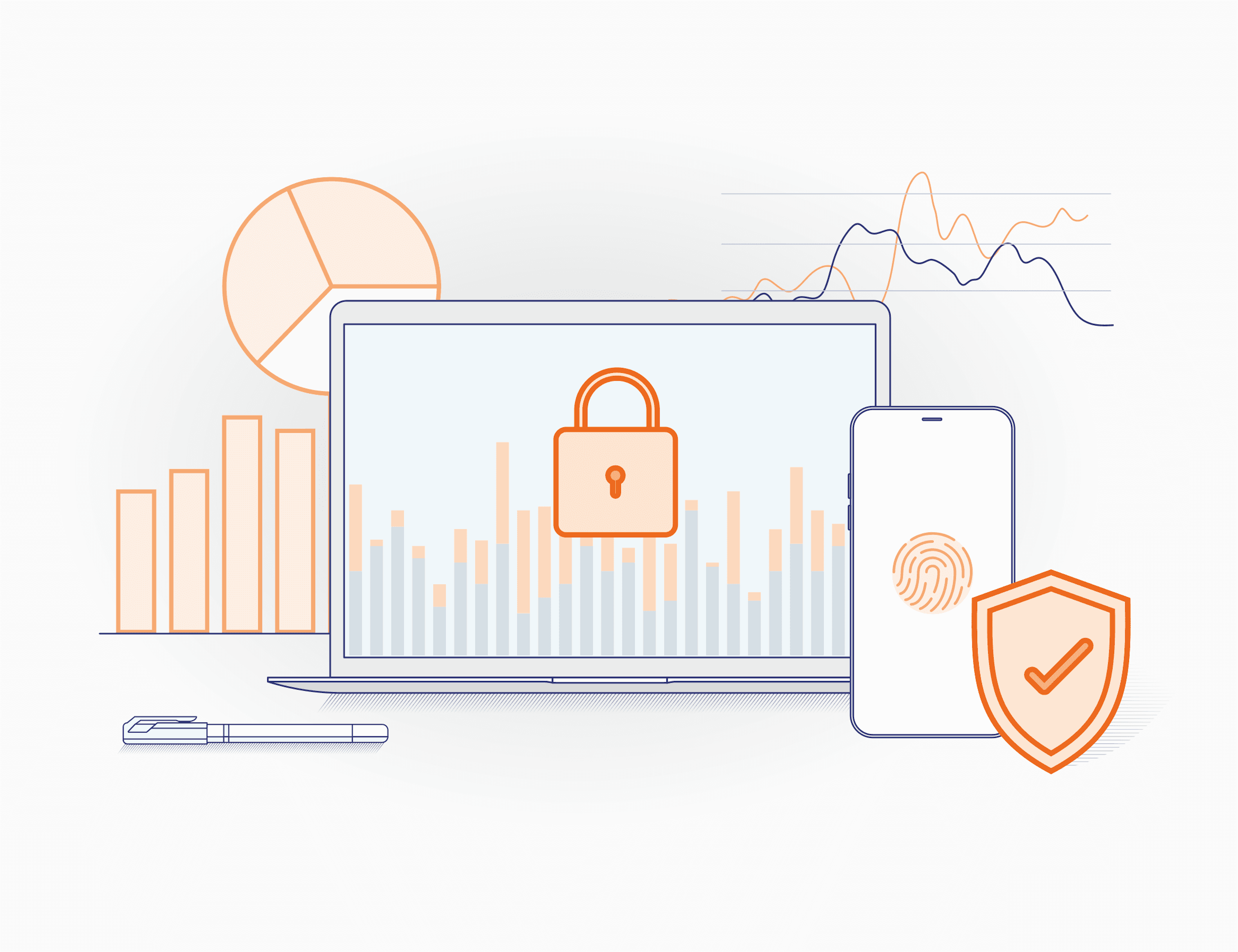How to Detect and Prevent Payment Fraud: Complete Guide for 2025


Payment fraud has become a structural challenge for financial institutions, e-commerce platforms, and digital lenders worldwide. The global economy moves further toward instant and borderless payments, and the attack surface for fraudsters expands in parallel.
AFP’s Payments Fraud and Control Survey indicates that 79% of organizations were victims of payments fraud attacks or attempts in 2024. From card-not-present (CNP) scams to synthetic identity fraud, criminals exploit both human vulnerabilities and technological loopholes to siphon funds at scale.
For banks, BNPL providers, microfinance institutions, and fintechs, the stakes are clear: unchecked payment fraud erodes margins, increases regulatory exposure, and damages customer trust. Preventing fraud in payments today is not simply about securing a transaction – it is about safeguarding business continuity and maintaining the confidence that underpins digital finance itself.
This guide examines the key forms of payment fraud in 2025, the methods criminals use, and the most effective approaches to online payment fraud prevention.
Payment fraud is any unauthorized transaction in which a criminal gains financial benefit at the expense of a business or consumer. It typically involves stolen or fabricated credentials, manipulated devices, or social engineering tactics to bypass authentication controls.
While traditional fraud relied on stolen physical cards or counterfeit checks, today’s online payment fraud is digital-first. Fraudsters exploit device spoofing, synthetic identities, malware, or account takeovers to execute unauthorized payments – often at scale.
In short, payment fraud is the manipulation of payment systems for illicit gain, and its impact spans financial losses, operational costs, and reputational harm.
The volume and velocity of payments fraud are accelerating. Several factors make 2025 a critical year for fraud prevention:
Understanding the different categories of online payment fraud is essential for prevention.
Occurs when criminals use stolen card information to complete transactions without presenting the physical card. With e-commerce continuing to grow, Card-Not-Present fraud remains one of the most frequent attack types. Losses from CNP fraud in eCommerce are projected to reach $28.1B by 2026.
Fraudsters gain access to a legitimate user’s account through phishing, malware, or credential stuffing. Once inside, they initiate payments, transfer balances, or change settings to lock out the real user. See our article on account takeover fraud prevention for a deep dive.
Criminals combine real and fake information to create new, seemingly valid customer profiles. These identities are then used to obtain credit, open accounts, or process payments before defaulting. Learn more about synthetic identity fraud here.
Customers dispute legitimate transactions with their bank, claiming they never authorized the payment. While some cases are genuine, many involve deliberate abuse of consumer protection rules. Access our guide on friendly fraud prevention here.
Illegitimate merchants create fake stores or services, accept payments, and disappear without delivering. Payment processors and BNPL providers are particularly at risk of merchant fraud.
Fraudsters manipulate device fingerprints, use emulators, or deploy virtual machines to disguise their identity. These signals can evade traditional fraud controls unless device intelligence is applied.
Fraudsters recruit intermediaries (money mules) – knowingly or unknowingly – to transfer stolen funds, complicating detection and recovery.
Most payment fraud schemes follow a structured process:
The sophistication of each stage makes prevention increasingly complex. For instance, even if a stolen credential is identified, fraudsters may already have several fallback profiles ready to deploy.
Preventing online payment fraud requires a combination of technology, processes, and strategy. The most effective institutions adopt a holistic model that blends fraud prevention with customer experience.
JuicyScore’s device intelligence solutions are designed precisely for this environment. By analyzing over 220 non-personal parameters and generating a unique device ID independent of manufacturers, JuicyScore enables institutions to identify fraud patterns that would otherwise go undetected.
For digital lenders and microfinance organizations, fraud prevention must also support financial inclusion. Overly strict controls can exclude thin-file customers or increase false positives.
A modern payments fraud prevention strategy therefore emphasizes:
Institutions that strike this balance unlock growth opportunities while keeping fraud within sustainable limits.
Looking ahead, payment fraud is expected to remain one of the fastest-evolving risks in finance. Several trends stand out:
For institutions, the implications are clear: payment fraud protection cannot be treated as a one-time project. It must be embedded as an ongoing capability, continuously adapting to new fraud vectors and regulatory mandates. Leaders in this space are:
This regulatory momentum is visible worldwide, and recent examples in India illustrate this direction:
Both DPIP and FRI represent a strong regulatory push toward collaborative fraud prevention. They provide valuable tools for flagging suspicious identifiers and sharing intelligence more quickly across the sector. At the same time, they highlight a structural gap: fraudsters increasingly hide behind anonymizers, emulators, and randomized devices. A mobile number may appear “clean” in FRI, but the session itself could still be malicious.
This is where JuicyScore adds an essential layer. By analyzing device integrity, virtualization traces, and behavioral signals, our solutions complement frameworks like DPIP and FRI. We help institutions move beyond static identifiers – detecting not just whether a number looks suspicious, but whether the device and behavior behind the transaction can be trusted. This combination of systemic intelligence and device-level analysis is what allows financial institutions to stay ahead of fraud that adapts faster than regulations.
Ready to strengthen your payment fraud prevention strategy? Book a demo with JuicyScore and see how device intelligence can help your business detect hidden risks, reduce fraud losses, and grow securely.
Payment fraud is when someone makes a payment without authorization, usually by stealing or faking identity details.
It usually starts with stolen credentials or fake profiles. Fraudsters then disguise their devices or use social engineering to bypass security checks.
The main ones include card-not-present fraud, account takeovers, synthetic identity fraud, chargeback fraud, and device spoofing.
Use layered protection – device intelligence, behavioral analysis, real-time monitoring, and adaptive authentication.
With real-time payments and digital banking growth, fraudulent transfers settle faster, leaving less time to reverse losses.
Device intelligence prevents fraud by detecting hidden risks like emulators, VPN masking, or session spoofing that traditional fraud checks miss.
Yes, if controls are too rigid. That’s why explainable, data-driven, and privacy-safe models are key for balancing inclusion and protection.
Expect more AI-driven fraud, cross-border scams, and stricter regulations – requiring continuous investment in fraud prevention systems.

Synthetic identity fraud is on the rise. Discover how behavioral and device-based signals help fintechs detect synthetic fraud without using personal data.

Learn how ML-based solutions help to detect and prevent payment fraud.

Explore how device intelligence improves fraud detection, credit scoring, and onboarding – with real-time analysis and privacy-first design.
Get a live session with our specialist who will show how your business can detect fraud attempts in real time.
Learn how unique device fingerprints help you link returning users and separate real customers from fraudsters.
Get insights into the main fraud tactics targeting your market — and see how to block them.
Phone:+971 50 371 9151
Email:sales@juicyscore.ai
Our dedicated experts will reach out to you promptly